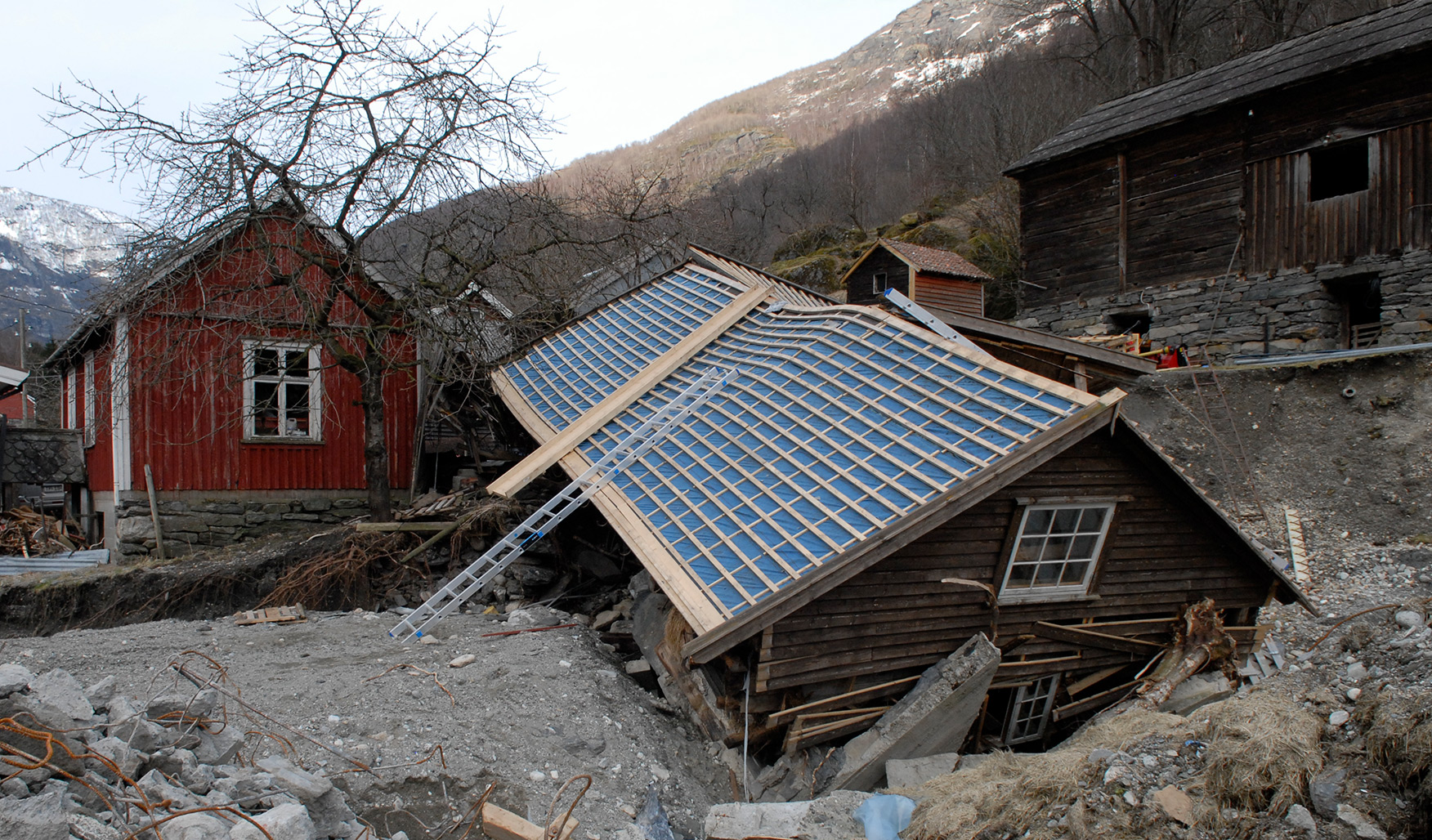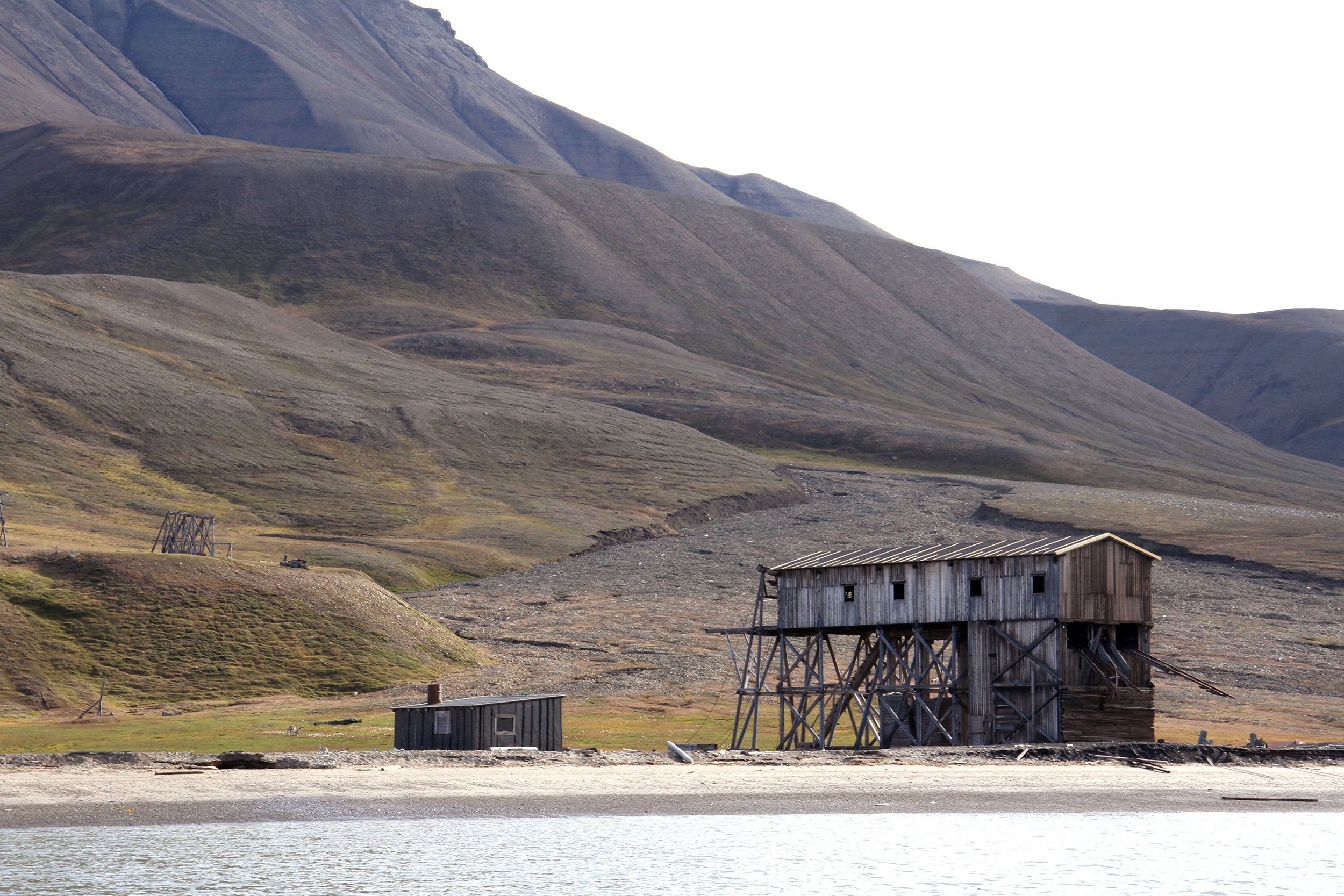Prosjekter og satsinger
Adapt Northern Heritage
Adapt Northern Heritage (Tilpass kulturarven i nord) var et internasjonalt samarbeidsprosjekt som hadde som mål å fremme bedre forvaltning av kulturminner og kulturmiljøer i et klima i endring.
Bakgrunnen for prosjektet
At klimaet er i endring vil få store konsekvenser for kulturminnene. Det betyr også at det vil bli en stadig større utfordring for eiere og forvaltere av kulturminner og kulturmiljøer å ta vare på kulturarven.
Prosjektet har blant annet utviklet
- Veiledning for risiko- og sårbarhetsvurderinger av kulturminner/kulturmiljøer og
- Veiledning for vurdering og planlegging av tilpasningstiltak for å redusere risiko
Veiledningene er blitt utviklet og utprøvd ved ni ulike kulturminner / kulturmiljøer i Island, Irland, Norge, Russland, Sverige og Skottland. De foreligger på engelsk, men Riksantikvaren arbeider med å oversette og tilpasse veiledningene til norske forhold.
I tillegg til veiledningene er det også utarbeidet oversikter over kilder for kunnskap om klimaendringene, fakta-ark om konsekvensen av ulike typer klimabelastning på kulturminner og eksempler på bruk av veiledningene.
Dette finner du på prosjektets nettside. Følg også med på Riksantikvarens nettside om Klimatilpasning.
Norge er det valgt ut to samarbeidspartnere for utprøving og demonstrasjon av resultatene. Det er Aurland kommune og Sysselmannen på Svalbard. I Aurland ble det gjennomført vurderinger for Aurlandsdalen, Langhuso stølsmiljø og kategorien «bygninger i tre». På Svalbard ble Hiorthhamn, et gammelt gruvesamfunn, vurdert. For Aurland ble det lagt vekt på det som er kommunens ansvar og muligheter som kommune, ikke på kommunen som eier av enkeltbygninger.
Prosjektpartnere
Disse partnerne deltar i prosjektet:
- Historic Environment Scotland (prosjektleder)
- Riksantikvaren
- Minjastofnun Ísland (Cultural Heritage Agency of Iceland)
- Norsk institutt for kulturminneforskning (NIKU)
I tillegg er det mange tilknyttede partnere, blant annet Aurland kommune, Sysselmannen på Svalbard og Museum Nord i Norge og Riksantikvarieämbetet i Sverige.
Det 3-årige samarbeidsprosjektet er finansiert dels av EUs Interreg programme for the Northern Periphery and Arctic.


Publikasjoner
Newsletter from Northern Adapt – june 2019
Fagrapport : Bærekraftig klimaforbedring i gamle hus (2019)
A Methodology for Long-Term Monitoring of Climate Change Impacts on Historic Buildings Artikkel i tidsskriftet Geosciences 2018, 8(10), 370
Kulturminner og klimaendringer. Pilotprosjekt Aurland kommune. Rapport (pdf)
Klimaendringer og kulturarv i Norden (pdf) Oppsummering av prosjektet Effekter av klimaendringer på kulturminner og kulturmiljø.
Kontaktperson
Marte Boro – marte.boro@ra.no

